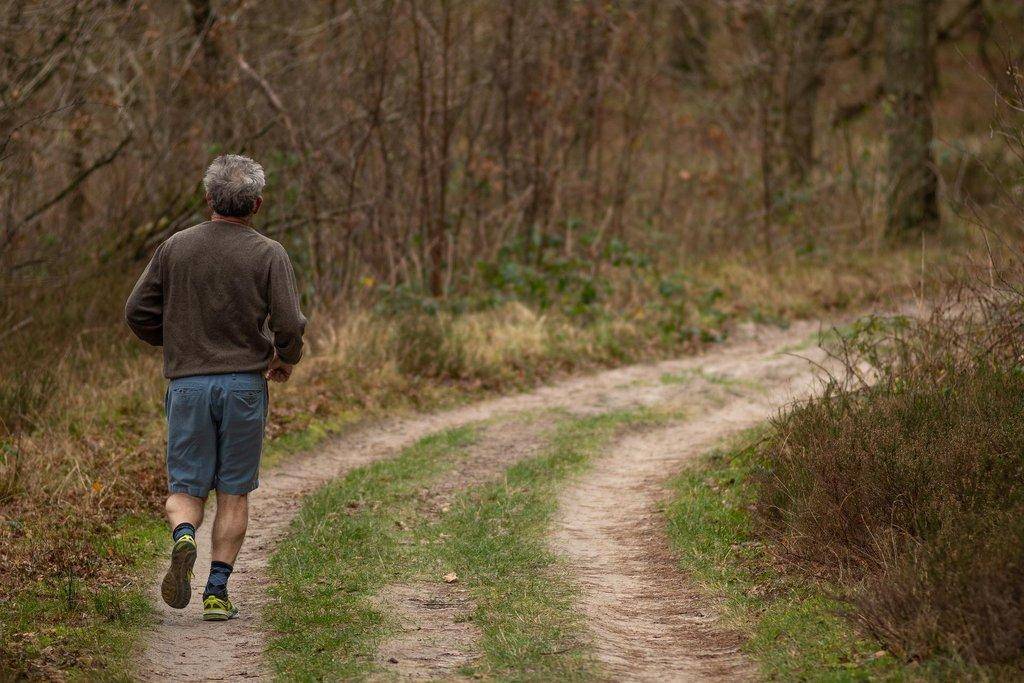Dear Savvy Senior,
What can you tell me about balance exercises? I’ve fallen a few times over the past year and have read that balance exercises can help me regain my steadiness, but I’m not exactly sure what to do.
Unsteady at 70
Dear Unsteady,
Most people don’t think much about practicing their balance, but they need to. As we age, our balance declines if it isn’t practiced, which can lead to falls that often result in a broken bone.
Every year, more than one in four people age 65 and older fall, and the risk increases with age. Here’s what you should know about balance problems, along with some different exercises that can help you improve it.
Aging Affects Balance
Balance is something most people take for granted until it’s challenged by a medical condition, medication or advanced age, which dulls our balance senses and causes most seniors to gradually become less stable on their feet over time.
Poor balance can also lead to a vicious cycle of inactivity. You feel a little unsteady, so you curtail certain activities. If you’re inactive, you’re not challenging your balance systems or using your muscles. As a result, both balance and strength suffer. Simple acts like strolling through a grocery store or getting up from a chair become trickier. That shakes your confidence, so you become even less active.
Balance Exercises
If you have a balance problem that is not tied to illness, medication or some other specific cause, simple exercises can help preserve and improve your balance. Here are four exercises you can do that will help:
- One-legged stands: Stand on one foot for 30 seconds, or longer, then switch to the other foot. In the beginning, you might want to have a wall or chair to hold on to. Or, for an extra challenge try closing your eyes, or standing on a throw pillow or Bosu ball (an inflated rubber disc on a stable platform).
- Heel-to-toe walking: Take 20 steps while looking straight ahead. Think of a sobriety test.
- Standing up: Without using your hands, get up from a straight-backed chair and sit back down 10 to 20 times. This improves balance and leg strength.
- Tai chi: Research has shown that the Asian practice of tai chi – which uses a combination of slow, graceful movements, meditation and deep breathing – can help reduce the risk of falls.
For more information on different balance exercises you can do at home, there are a variety of balance and strength exercises and beginner Tai Chi DVDs you can purchase at Amazon.com or through Amazon Prime video.
There are also senior fitness programs, like SilverSneakers (silversneakers.com) and Silver&Fit (silverandfit.com), that offer online classes that can guide you through a series of exercises you can do at home during the pandemic.
See a Doctor
I do, however, want to emphasize that if you’ve already fallen, are noticeably dizzy or unsteady, or have a medical condition affecting your balance, you need to see a doctor. They might refer you to a physical therapist or to an appropriate balance-training class in your community. It’s also important to know that many medicines and medical conditions – from Parkinson’s disease to diabetes to inner-ear disorders – can affect balance.
Send your senior questions to: Savvy Senior, P.O. Box 5443, Norman, OK 73070, or visit SavvySenior.org. Jim Miller is a contributor to the NBC Today show and author of “The Savvy Senior” book.

